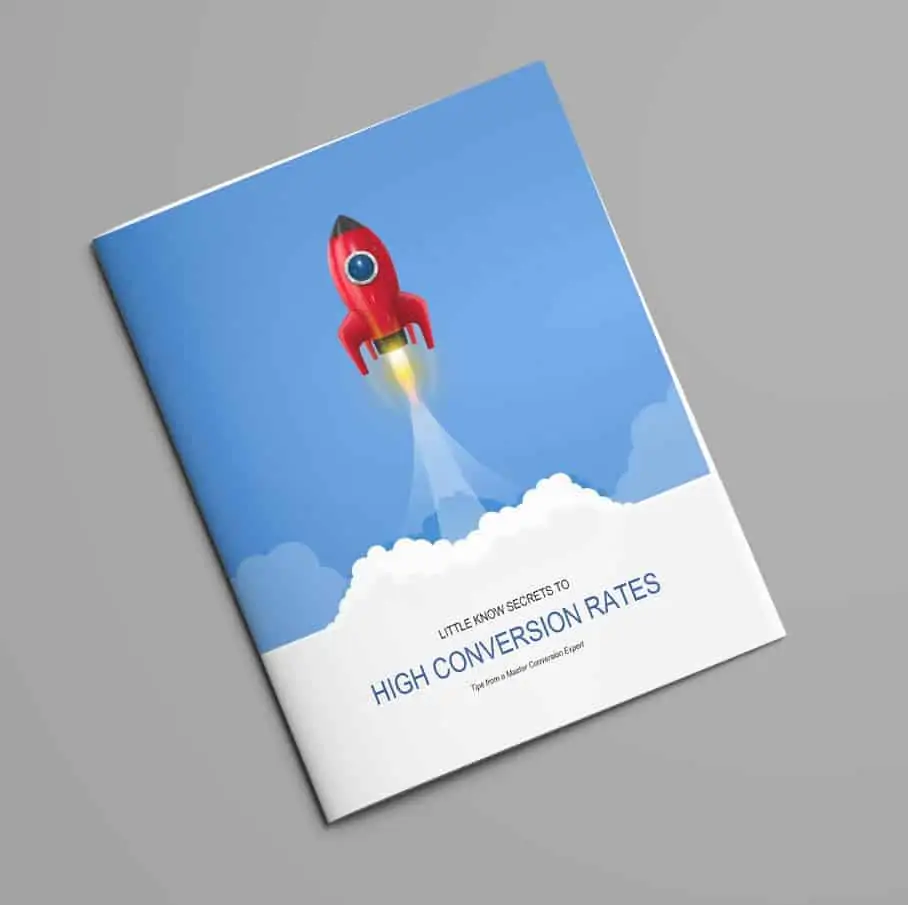Things you can do to minimize the shock of rising prices for digital marketing.
Whether your budget is invested in paid ads, email marketing or even SEO, costs are going up. Let’s discuss some things you can change to ensure your business is agile enough to weather the storm.
How much should I budget?
If you are like many small business owners, it can be confusing to determine how to plan a marketing budget. That is probably why 50% don’t have a plan. Rather than tie your budget to a percentage of revenue, you may have a fixed amount you are willing to spend, taking a “wait and see” approach. This is a costly mistake.
When advertising costs rise, your fixed budget covers less and less. This limits your visibility and your opportunities. It is important to note that whether your revenue is up or down, your ad spending is working for your future revenue, so this is not the area to skimp.
For small businesses it is usually recommended (U.S. Small Business Administration) to spend 7-8% of your gross revenue on advertising. For B2B companies the percentage would be lower (2-5%) and for B2C it would be 5-10%.
Don’t put all your eggs in one basket
Make sure your marketing plan is not one dimensional. If it is, a sudden fluctuation can have a significant impact. This is less likely to happen with a plan that includes multiple channels.
Spread it out!
Spending your marketing budget across multiple channels will give you stability. If you spend on a new website, also invest in SEO. If you can’t afford paid ads, at least capitalize on free social media posting or email marketing.
When outsourcing your marketing, make certain the provider is giving you options and not locking you into one strategy just because that is their specialty.
You Have the Power to Make Your Advertising Succeed
Even if you know zilch about digital marketing, you and your team can contribute significantly to the success of your advertising. Nobody knows your business like you do and some of the most important aspects are in your control.
Improve Your Offer
No matter how great your marketing strategy is, if your business doesn’t have a good offer or the customer service is poor, you will waste money. Let’s face it, if your offer is not that great – there is not much reason for customers to choose you. Regardless of the size of your budget, you end up paying for traffic that simply bounces. This is true whether you are doing SEO, paid ads, email marketing or any other channels.
Keep Them Engaged
Unless you offer a one-of-a-kind product or service, every potential customer comes to your website with one unspoken question in their mind… “Why should I choose this company over the competition?” It is up to you to provide enough evidence that you are the better choice. In some cases, the deciding factor may be price but there are many other considerations for potential buyers. Do you have glowing reviews? The best customer service? Free shipping, easy returns? Better workmanship, talent, or expertise? These elements and others can become the basis for your unique value proposition. Develop a great UVP and you’ll kill it when it comes to leads & sales.
Follow Up
Up to 90% of respondents say that seeing online reviews influences their buying decisions. It is critically important to build good reviews before you dive into advertising. People are looking for this information and it is easy to find. Make certain your team is providing great service and follow up every customer interaction with a request for a review of the service. Not every response will be positive, but if you play it right you can correct issues before a negative review is posted.
Making Your Investment Work for You
The steps above are part of a good conversion optimization strategy. But they are not only for retail or eCommerce. You can use these steps to improve your visitor-to-lead ratio which in turn will improve your return on your investment.
Always Monitor Your ROI
Your marketing budget is a big expense, and you must know what you are getting from it. Measuring your marketing ROI keeps everyone accountable and it tells you what channels warrant further investment.
For some advertisers, getting two dollars’ worth of sales for every dollar spent on marketing is enough to break even. In other cases, the ratio is about 5:1 or higher. The amount you need to make a profit will vary based on your individual company and industry.
If you are generating leads from your website, you may have to consider other variables. What percentage of leads transform into customers? What is the value of your average order? There are many variables you may want to consider, but this is a simple marketing ROI formula:
[((number of leads x lead-to-customer rate x average sales price) – cost or ad spend) ÷ cost or ad spend] x 100.
Example: Joe wants to advertise his power washing services. His average customer spends $250. His campaign generates 60 leads. Joe closes 25% of the leads (15 customers). His cost to advertise is $1500. After running the formula, Joe’s marketing ROI is 150%.
This is not to be confused with your conversion rate. Your conversion rate is the percentage of visitors that take an action on your website such as a sale, signup, or webform inquiry. This doesn’t tell you if you are making a profit like the formula above.
One good thing is that online activity is completely measurable. You can analyze what channels are sending you traffic, what pages are most frequented, how long a visitor spends on your page and even if they place a call to you after seeing your website. These signals give insight into what is working and what is not. Make sure you (or your provider) put solutions in place to track all possible metrics.
The more you know about the financial performance of your website, the better you will be at choosing where and when to advertise.





